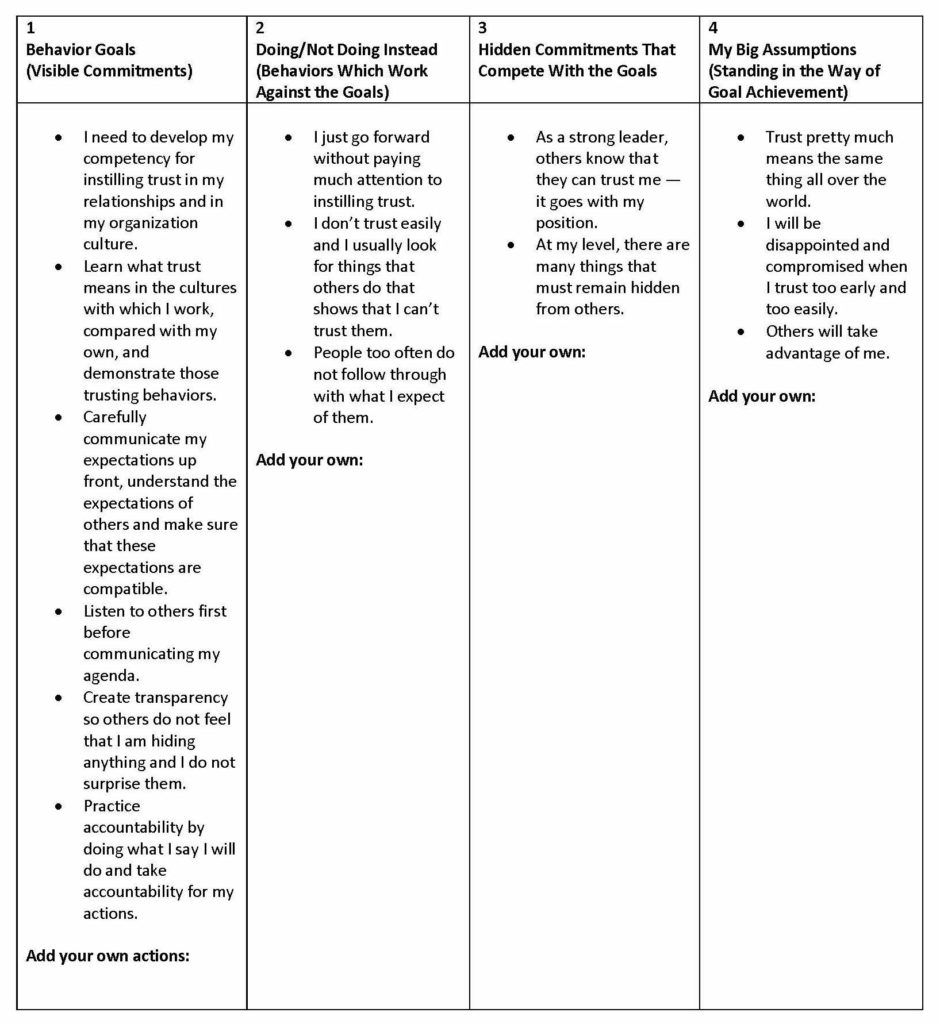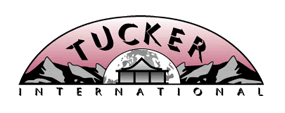Insights into developing trust across borders.
Robert Z., an American executive responsible for his multinational company’s Asia operations, sought a local partner for a major business enterprise in India. He knew it was critical for him to develop a trusting relationship with his potential partner. During many initial discussions and exchanges, he tried to gauge the extent to which this partner could be trusted to honestly follow through with commitments and promises. After significant prodding and investment of time and resources, he did not receive this follow-through and abandoned the project. This happened a second time with another potential Indian partner.
What was going on, and why are there similar stories regarding Americans trying to develop trusting relationships with Chinese individuals? Is it because some Indian and some Chinese executives are dishonest, unethical and untrustworthy? Absolutely not. It is because Americans come from a loose culture and Indian and Chinese leaders come from tight cultures. Robert was unable to work within the social norms of these other cultures, and vice versa.
Cultural Differences
Given the critical importance of being able to build trust when doing business globally, it is important to understand and embrace national cultural differences and an individual’s ability to develop trust. Based on a peer-reviewed study I co-authored of 1,880 global leaders of nine nationalities, instilling trust was deemed to be an essential component when building working relationships with others from different cultures. Instilling trust was measured by means of our Global Leader Tucker Assessment Profile.
The data showed that the 161 American leaders scored the highest on our instilling trust scale, while the 122 Chinese executives scored the lowest, followed by the 186 Indian leaders. In searching for ways to understand these important differences, we turned to the concept of tight and loose cultures. According to research conducted by cultural psychologist Michele Gelfand, which measured cultural tightness for 33 nationalities, Indians and Chinese scored much higher than did Americans.
Tight and Loose Cultures
Tight cultures, as defined by Gelfand in her book, “Rule Makers, Rule Breakers: How Tight and Loose Cultures Wire Our World,” are those in which social norms are clearly defined and reliably imposed, leaving little room for individual improvisation and interpretation. Examples of countries with tight cultures include China, France, India, Japan and Singapore.
Loose cultures are those in which social norms are flexible and informal. They propose expectations but permit individuals to define the range of tolerable behavior within which they may exercise their own preferences. Thus, enforcement in loose cultures is left to interpersonal mechanisms. Examples of countries with loose cultures include Australia, Belgium, Israel, New Zealand and the United States.
Institutional mechanisms govern behavior in tight cultures, according to research by Brian Gunia. Individuals from these cultures rely on institutional trust more than interpersonal trust to control behavior and sanction deviance. Because interpersonal mechanisms govern behavior in loose cultures, the exact opposite is true. People from tight cultures, therefore, do not need social intelligence to find out who is trustworthy as trust is not needed to conduct business, whereas those in loose cultures must find out on their own.
Applying these concepts to the case of American executive Robert Z., it is clear that the Indian man he was attempting to partner with just had little competence in the skills required to build trust with an American. This had not been required of him within Indian social norms. He had relied on the family name and reputation of a partner, connections, institutional affiliations, third parties and so on. American social norms are looser, requiring the American to apply skills of personal trust-building in one-on-one situations.
Building Trust Across Cultures
In these intercultural situations, the onus is on those from loose cultures to take the initiative to build trust with those from tight cultures. It is a big mistake to just assume that trust means the same thing in different countries. Here are some guidelines:
- Understand the Meaning of Trust – Trust in a tight culture is widely assumed (unconsciously) within social norms and is often closely associated with extended family obligations and relationships. It is necessary to openly discuss this with a potential partner and strive to understand this deep meaning. Openly discussing this at the outset will place trust as a business issue to be developed.
- Clarify Expectations – Many times, trust breaks down when potential partners believe their expectations were not met and become disappointed and even suspicious of each other. In communicating expectations successfully across languages and cultures, it is not what you say, but what the listener hears. It helps to spend time setting expectations right at the outset. Have the partner restate your expectations and you theirs to ensure congruence.
- Create Transparency – A high level of trust can be instilled when information is shared on a timely basis and each partner believes the other is not hiding anything. When some information cannot be fully shared because of security issues, proprietary data or another legitimate reason, this should not be hidden, but explained.
- Practice Accountability – Trust can be lost and difficult to regain if the partners do not deliver on what was agreed upon and on promises made. These should be done very carefully and only with a high level of confidence that they can be met.
Applying the HV Model of Global Leadership
A powerful way to develop a personal trust competency is to apply the Horizontal, Vertical Model illustrated below.

Instilling trust is one of the nine competencies assessed by means of the Global Leader Tucker Assessment Profile in the horizontal part of the model. The vertical part of the model shows how the competencies can be addressed through a cognitive development process. This is done by applying a behavior change mapping plan that can be used with leaders responsible for building relationships and partnerships with those from other cultures.
Instilling Trust: Behavior Change Map
The ability to instill trust in a global organization and among international teams is a hallmark of successful global leaders. Being trusted and trusting others also leads to more successful international business relationships. Here is a sample map for instilling trust:

Bridge the Gap
Instilling trust in a relationship with an international business partner is a challenging process that requires going beyond business strategy, financing, marketing, staffing, etc. Time and effort must also be expended to focus on the guidelines above. Applying the tight and loose cultures concept can provide insight into the gap between cultures and how to bridge that gap.
The HV Model and behavior change mapping can enhance individual trust competency. The concept of going slow to go fast applies here, where getting it right with trust in the beginning can pay off down the road.
Michael Tucker is an industrial/organizational psychologist and president and founder of Tucker International.

